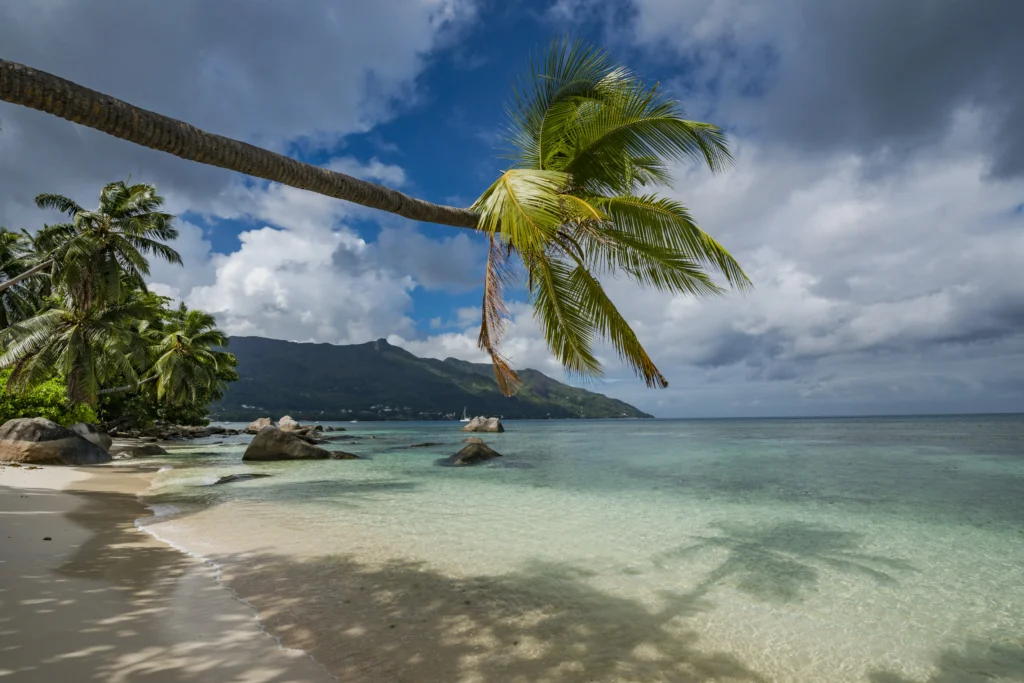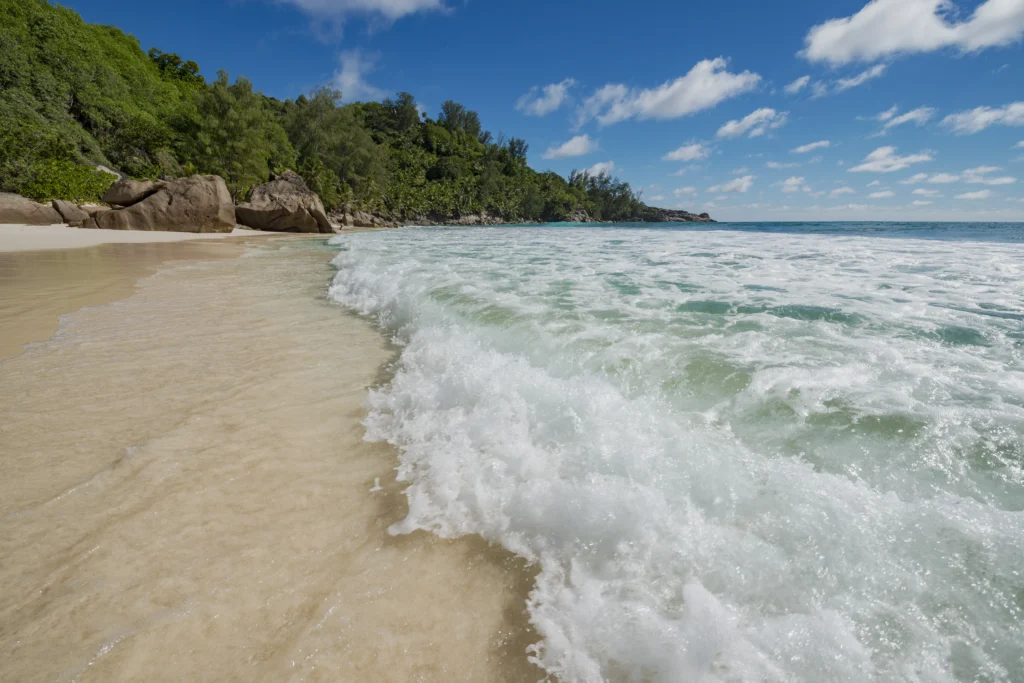Seychelles
Made up of a hundred and fifteen islands scattered across the Indian Ocean, the Seychelles offer a multitude of discoveries to suit all tastes. Whether on land or at sea, no one can remain indifferent to the archipelago’s assets.
The first to arrive in these paradisiacal waters were Arab sailors in the 9th century, who traded between the eastern coasts of Africa, the Persian Gulf, Madagascar, the Comoros and India. Then, in the 15th century, Portuguese sailors made explicit mention of this forgotten paradise. At the time, the famous admiral Vasco de Gama was searching these waters for new sea routes. Then, in 1609, it was the English who came into play with the arrival of the East India Company ship Ascension off the main island of Mahé. Although accounts refer to the abundance of food resources on the island, ideal for a stopover on the long voyage to India, they are only interested in the anchorage and the land remains unexplored. This made the islands’ first inhabitants, the pirates, very happy. Hunted in the Caribbean and the Pacific, they found refuge in these idyllic lands. But their choice was strategic, as many ships laden with spices and precious stones passed through these waters. Among them were the famous English pirate John Taylor and, of course, the famous Olivier Levasseur, nicknamed La Buse (The Buzzard). Legend has it that his treasure is buried in Beau Vallon Bay, north of Mahé. French commander Lazare Picault landed on the island on November 19, 1742. It was he who, in honor of his superior Mahé de La Bourdonnais – governor of Ile de France (now Mauritius) – named the land “Mahé”. A new exploration mission in 1744 led to the discovery of Frégate and neighboring islands such as Isle de Palme, now Praslin. The French took possession of the archipelago in 1756, hoisting the kingdom’s colors in the future port of Victoria, the capital. Thereafter, the arrival of settlers accelerated. They disembarked with slaves to develop and populate the islands and exploit the spice plants and timber. But the colony ran out of steam, overtaken by revolutionary vertigo. The English took advantage of this long period of instability and took possession of the Seychelles in 1811. This time, land occupation was successful and agriculture flourished. Spices, coconut oil, rice, cotton, cocoa, manioc and coffee ensured the prosperity of the community, which abolished slavery in 1835. Gradually, the less labor-intensive coconut overtook cotton. The archipelago grew slowly with the arrival of Indian and Chinese merchants around 1850. Then, from the 1960s onwards, the desire for freedom progressed, culminating in the archipelago’s full sovereignty on June 29, 1976.
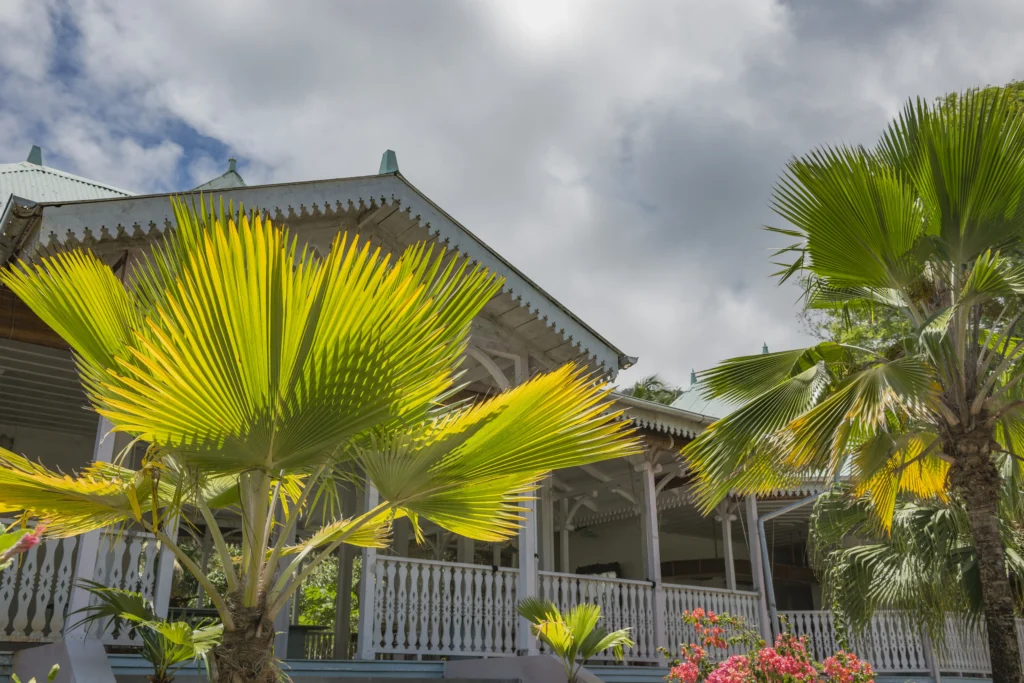
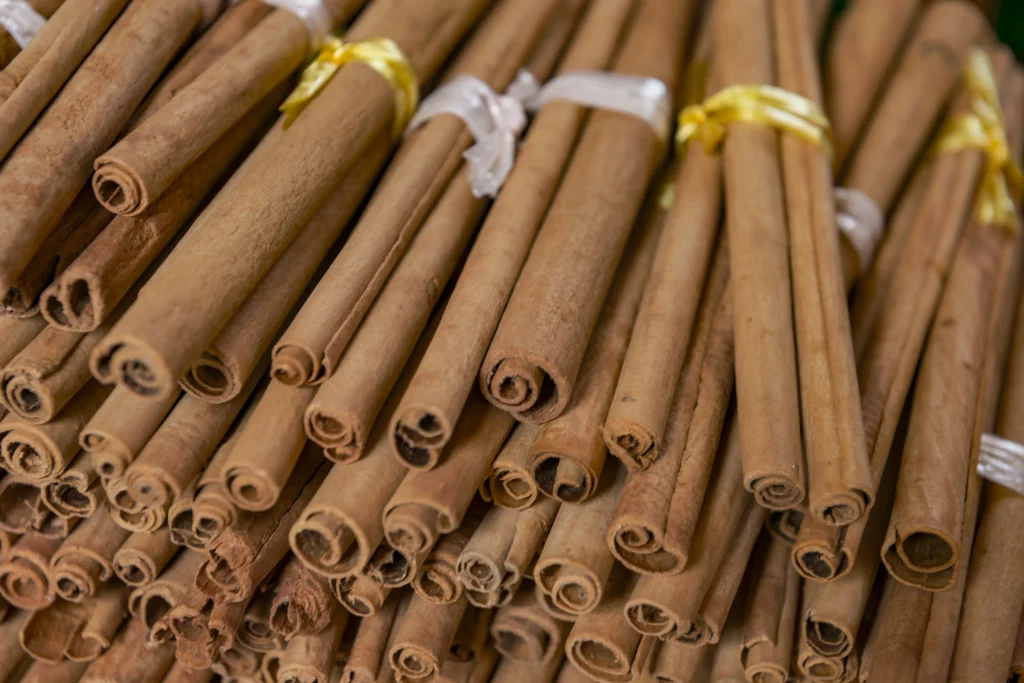
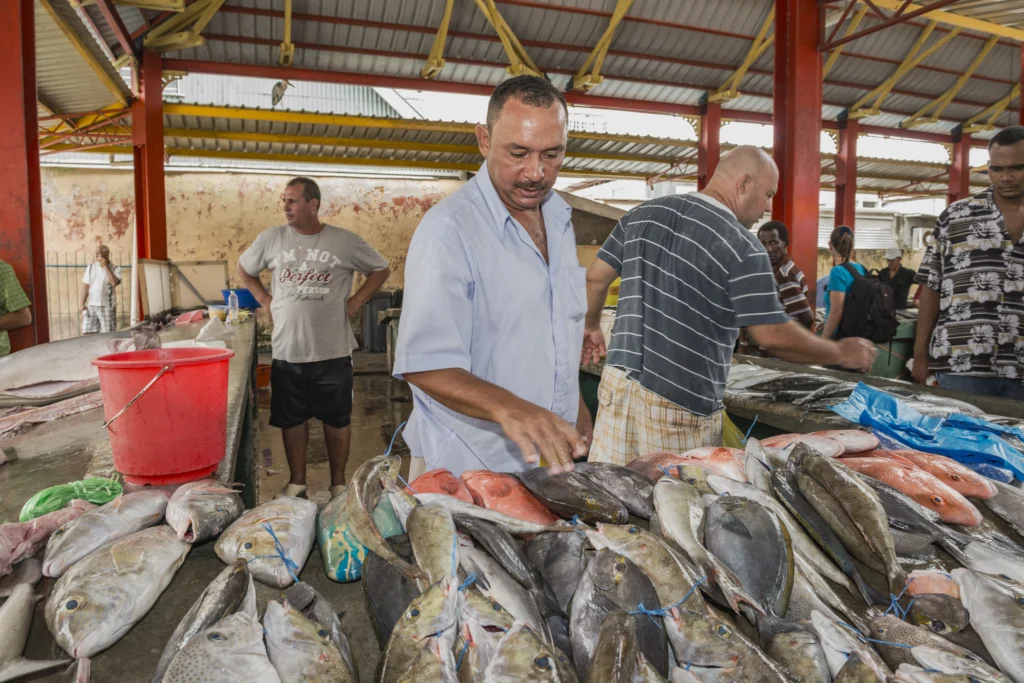
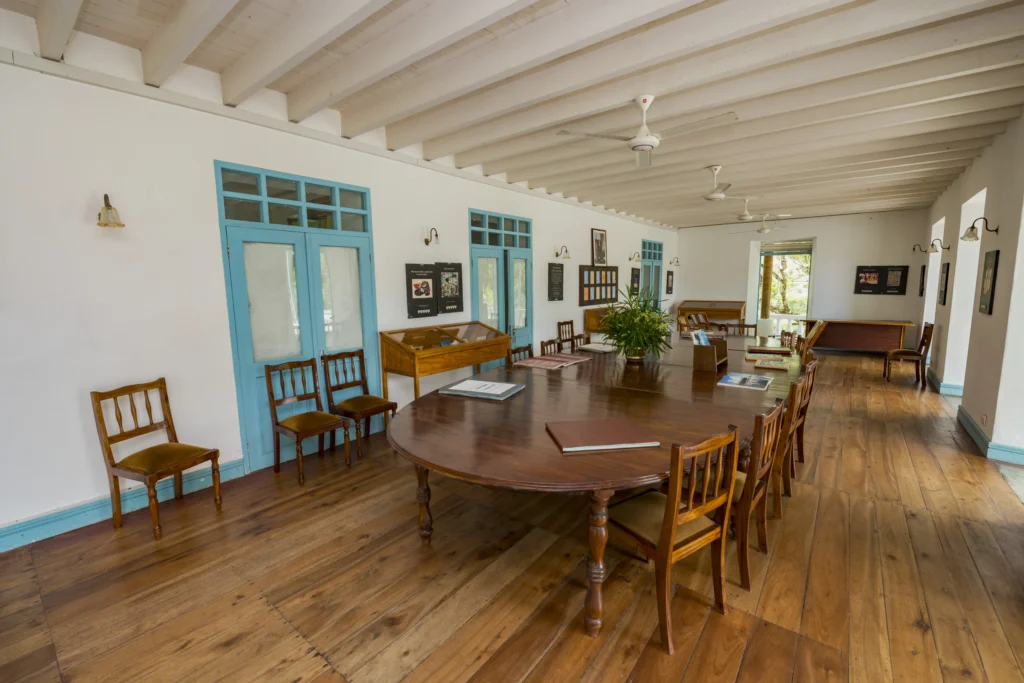
DOMAINE DE VAL DES PRÉS ©Stephan Engler
Arrival in Seychelles
At the international airport, many visitors pass through on their way to one of the archipelago’s many islands. The most emblematic are Praslin and La Digue. But it’s also possible to stay on Mahé, the main island, with its many attractions. For accommodation, there are a number of bed & breakfasts available at attractive prices. Located close to the airport, the capital Victoria, apart from its British-style Clock Tower, cathedral and State House, has few other attractions. The tropical atmosphere, on the other hand, is very much in evidence at the market, arguably the city’s liveliest site. All sorts of wares are on offer, from chili mixes and batches of cinnamon sticks to magnificent fish of the day. The locals are approachable and easy to talk to: here they speak English, French and, of course, Creole. To get around this island of 27 km by 7 km, you can use the excellent bus network or rent a car. Left-hand drive is a local speciality, inherited from the British. The speed limit on most roads is 40 km/h, which can be quite fast on some mountainous stretches, such as near Morne Seychellois, the highest point at 906m. The driving is relaxed, except when encountering the kings of the road: the local buses, which seem somewhat disproportionate on certain stretches. Caution is the order of the day, and it’s better to stop than seek confrontation.
From north to south
Towards the south, urbanization becomes progressively rarer, and after the end of the airport runway, a succession of beaches catches the eye. But before getting your feet wet on the right-hand side of the road, a visit to Domaine de Val des Prés is a must. Surrounding Gran Kaz, a beautiful colonial wooden house built in 1870, are a number of pretty, colorful boutiques. They offer local products, often presented by the craftsman himself. The main house alone, with its imposing veranda and parquet floors, is well worth a visit to immerse yourself in the atmosphere of a bygone era. Also unforgettable is the meeting with the friendly artist-craftsman, Joël Banane. After this interlude, the road reveals Mahé’s largest beach: the aptly named Anse Royale. With its white sand and coconut palms, it’s a picture-postcard beauty. Nearby, following the signs for “Les Cannelles”, a narrow road leads to the Jardin du Roi. Here, visitors are greeted by a lush natural environment and an abundance of birds. The Domaine de l’Enfoncement is home to an impressive array of exotic and medicinal plants, including vanilla, pomme gouvernement, flamboyant, cacao, café fleur, pillé curry, guava, combava, lemongrass and many more. This family estate brings to life the vision of Pierre Poivre, Intendant of the Isles of France and Bourbon in 1766. He wanted to contribute to the economic development of the islands by introducing new species. But the star plant of the Seychelles remains the famous coco de mer. You might think it’s a variety of nut, but it’s actually the seed of the coco de mer tree, to this day the most imposing discovered weighed 42 kg! A Seychellois symbol par excellence, it was even depicted on five-rupee coins. As for the animal kingdom, the archipelago is not to be outdone, with its famous giant tortoises and fruit bats, known here by the gentle name of “roussette”, considered to be the largest in the world. On the beautiful beaches, another endemic species stands out for its size: the coconut crab. Curiously, these modest islands are home to some XXL creatures. Diving enthusiasts will also be delighted by the diversity of marine animals. In these turquoise waters, you can observe the impressive whale shark, manta rays and sea turtles. The final stretch of the coastal road takes you to Anse Bougainville and the wild Anse Forbans. These are superb places to stop and chat with the local fishermen.
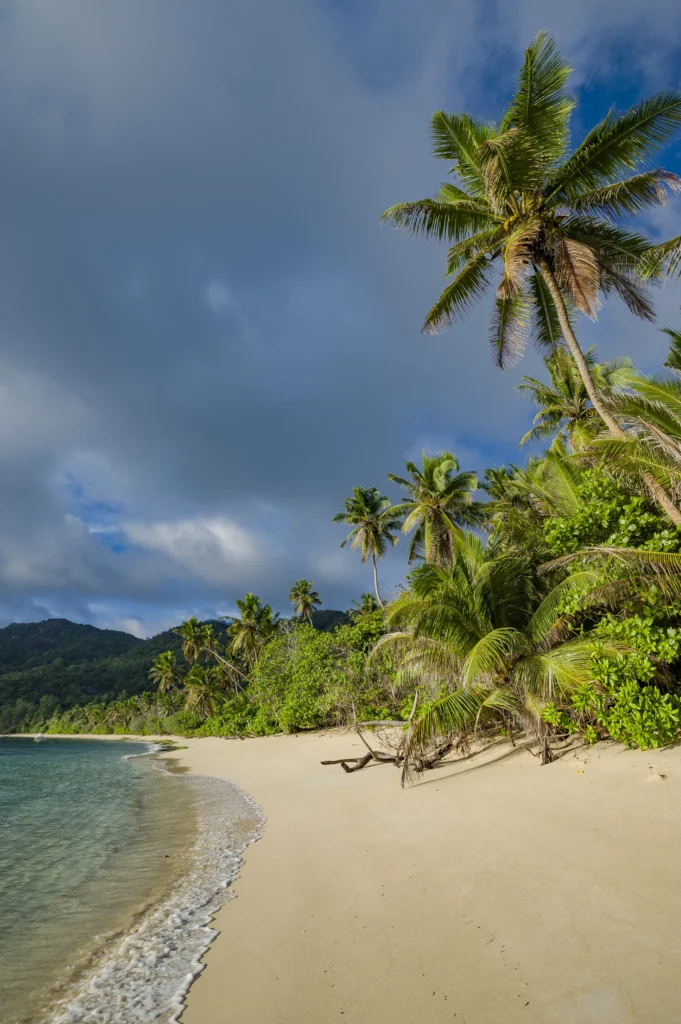
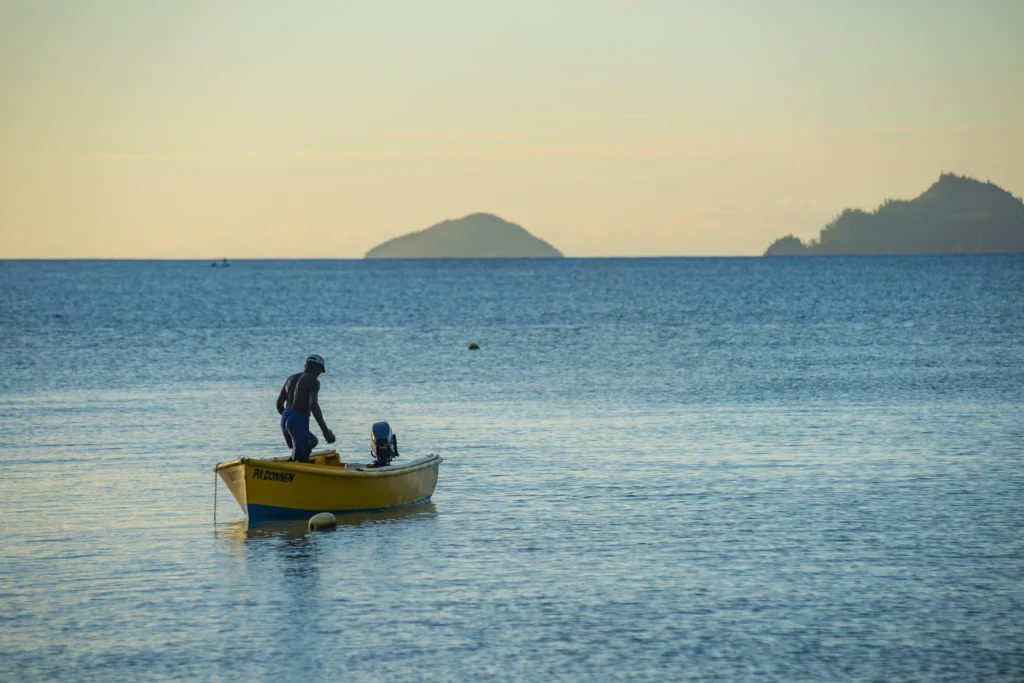
FLY FISHING. Stephan Engler
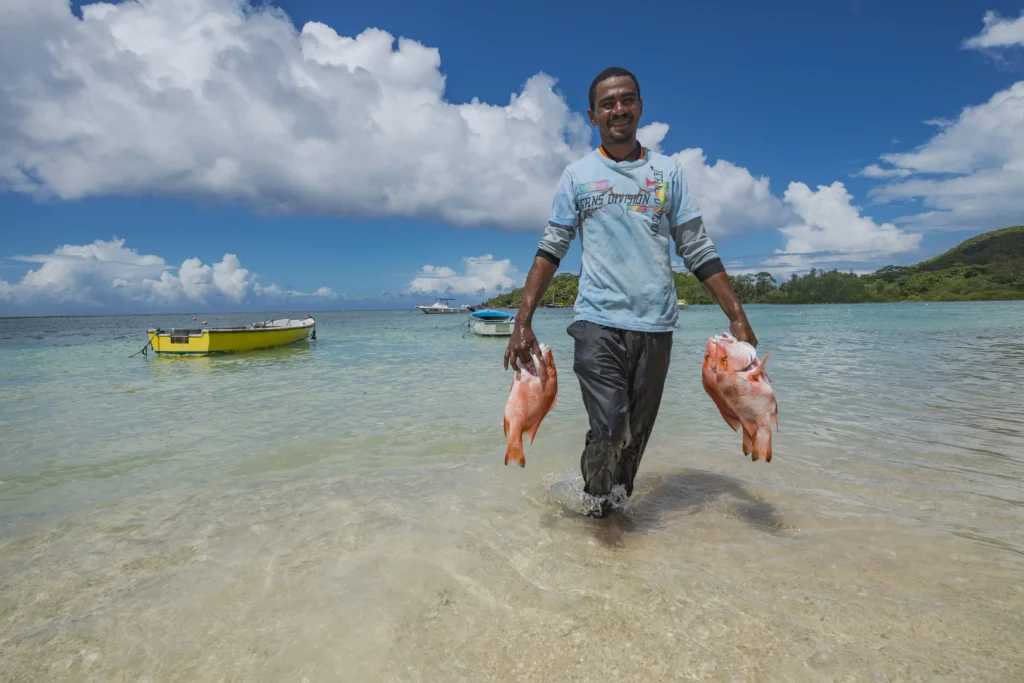
Discovering the West Coast
To visit the other side of the island, take the Quatre Bornes path through the village of the same name. Once there, the sight of Anse Takamaka is a pleasant surprise. Some say that this area boasts the most beautiful beaches on Mahé. Continuing northwards, we discover the immense Baie Lazare, home to a large community of artists. They all agree on the magic of the colors, unique to this area. A little further on, a place conducive to daydreams is the magnificent shallow Anse à la Mouche, a strange name for such a beautiful spot. The best time to visit is at the end of the day, when the last rays of the sun reflect the clouds back into the ocean. As you continue along the coastal road, you’ll often come across local restaurants known as “takeaways”. It would be a shame not to try their Seychellois cuisine. In these small structures, several local dishes are offered, such as the delicious cari coco. This is a meat or fish stew simmered for a long time in a coconut milk and spice sauce. To answer the legitimate question: have I come to the right address? There’s no need to look up the restaurant’s rating on a dedicated app; just count the number of islanders impatiently waiting for their dish to get an idea. What’s more, the value for money is unbeatable. A word to the wise: order half a plate, as it’s often very hearty. Along the way, there are always new beaches to discover, such as the confidential Anse Louis on the recommendation of an islander we met earlier. An amusing peculiarity of the Seychelles lies in the names of the places, which often appeal to the imagination, such as: Le Sans Souci, Mon Plaisir, Montagne Toupie or Pointe de l’Escalier. The coastal terminus for buses and cars is near La Plaine, with a beautiful family beach that plunges into Port Launay National Park. To see the first fish, just step a few meters out into the ocean. Of course, there are many other points of interest besides the seaside attractions.
The most mountainous part
Opposite Thérèse Island begins the road to Victoria, which passes by the Tea Factory on the Morne Blanc mountain. With panoramic views over the western valleys, this is one of the best vantage points on Mahé. But before you get there, you have to negotiate the many bends, paying particular attention to the deep gullies dug to facilitate rainwater drainage. Once there, it’s nice to enjoy a cup of hot tea. Up here, the temperature is much cooler than on the coast. Before returning to our starting point, we make a short detour to Beau Vallon Bay. The scenery from the beaches is sublime, but they are often inaccessible unless you are a resident, as they are privatized by the hotels. After discovering Mahé, the unanimous choice was the south of the island. The magnificent sandy beaches and untamed vegetation, dotted with a few colorful dwellings, guarantee visitors tranquillity and a tropical ambience.
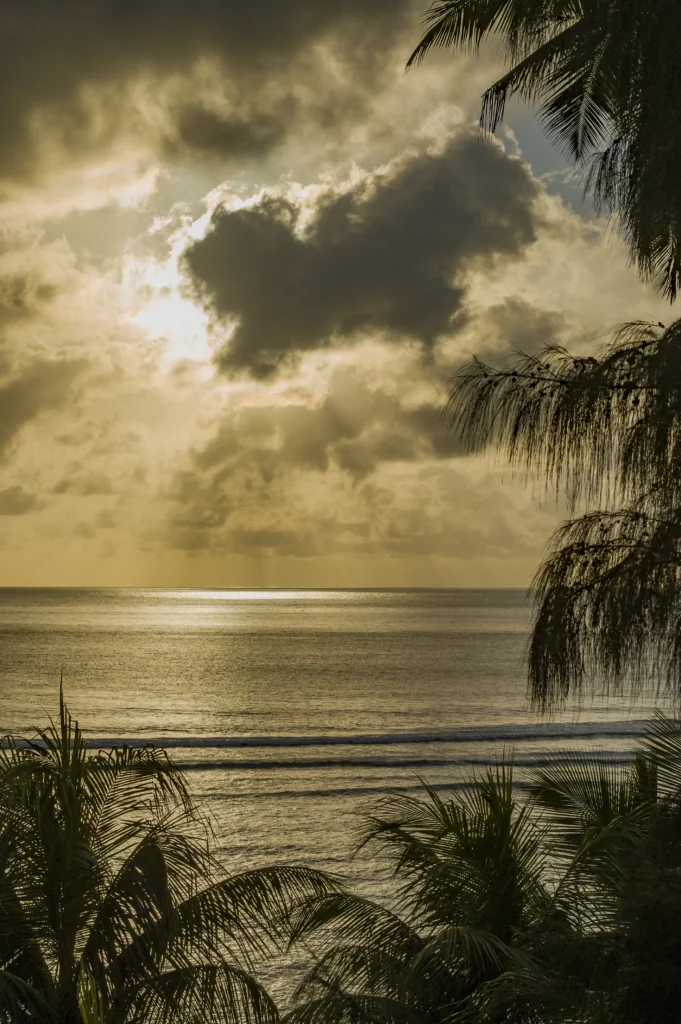
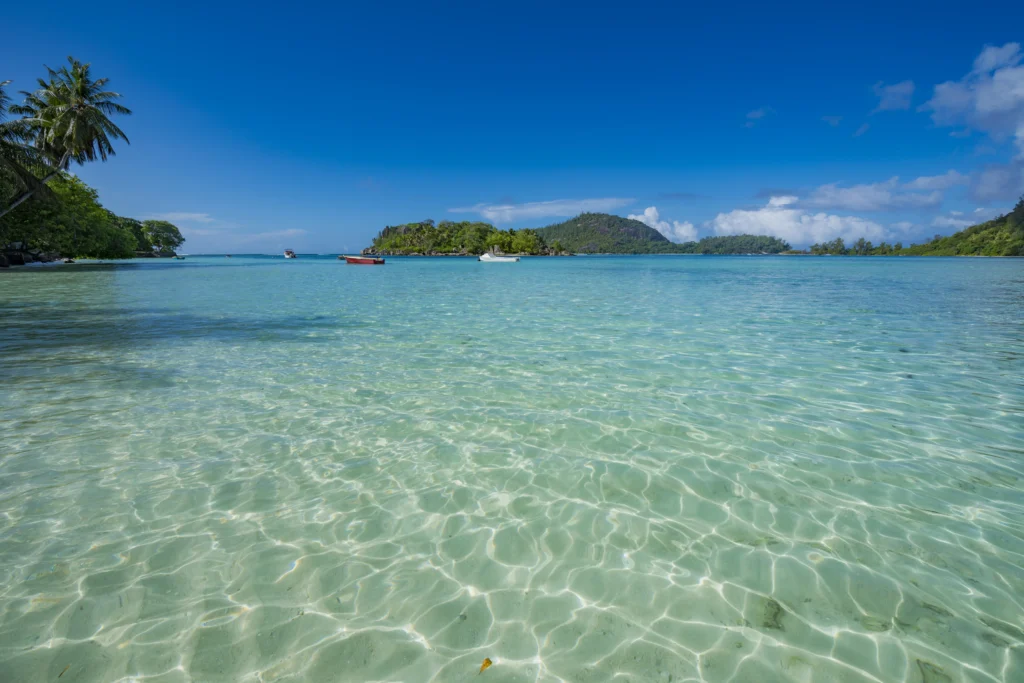
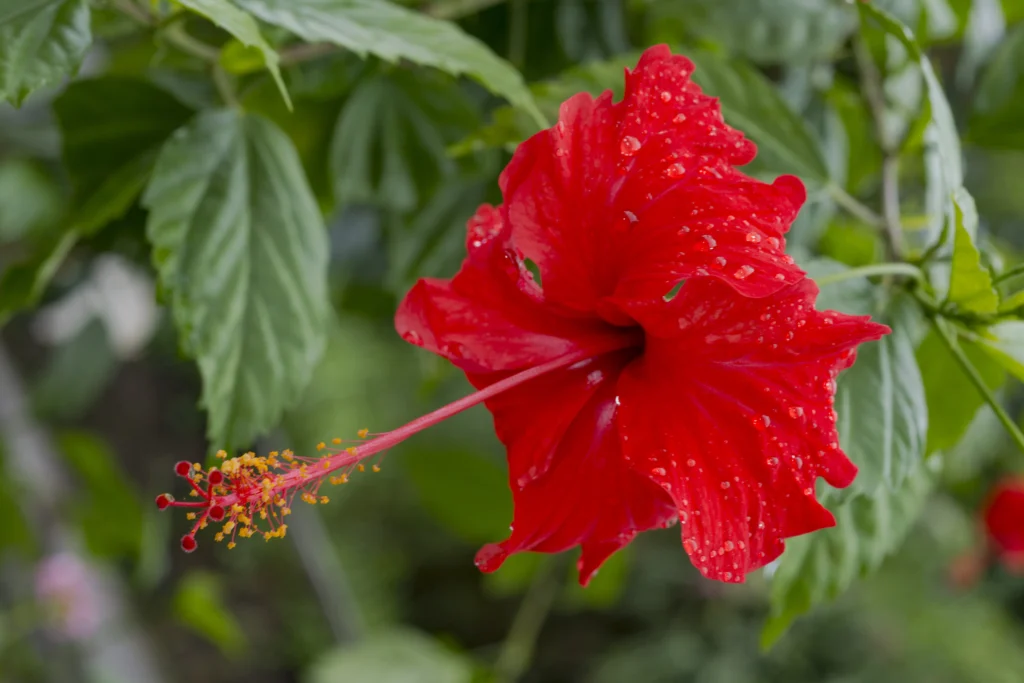
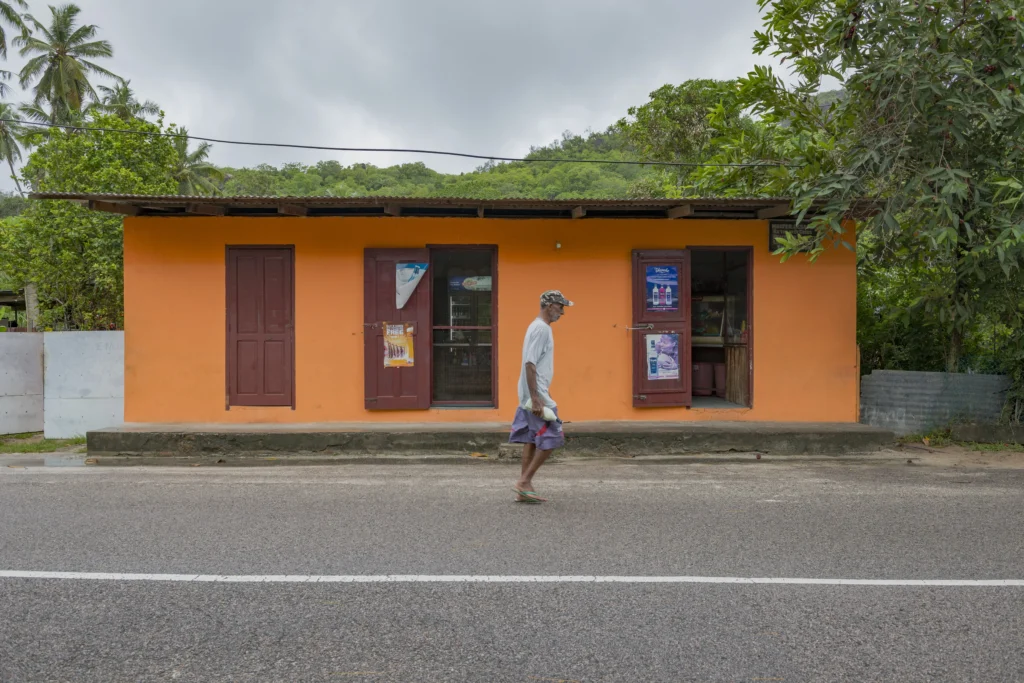
Practical info
When should you go? The Seychelles can be visited all year round. The climate is at its best. The best conditions for swimming, snorkeling and diving are in April, May, October and November: water temperatures can reach 29°C and visibility is often over 30 m. From December to February, there may be more rain than the rest of the year.
How do I get there? From Geneva or Zurich, several airlines offer flights: Emirates, Air Seychelles, Turkish Airlines, Edelweiss Air, Qatar Airways, Ethiopian Airlines and Etihad Airways.
Sailing. The stronger southeasterly winds of 10 to 20 knots from April to October are ideal for sailing. During this period, the air is drier and the temperature cooler.
Event at the end of October. The Kreol festival is a colorful annual cultural event celebrated throughout the archipelago. During this period, the entire population comes together. It’s a unique opportunity to rub shoulders with the islanders and taste local dishes such as chicken curry or octopus in coconut milk. The event is constantly punctuated by Creole music – atmosphere guaranteed!
To organize your trip and/or customized navigation:
With offices in Lausanne and Vevey,
Sol Voyages, solvoyages.ch
Or Voile Évasion, fabienne@voile-evasion.ch,voile-evasion.ch


